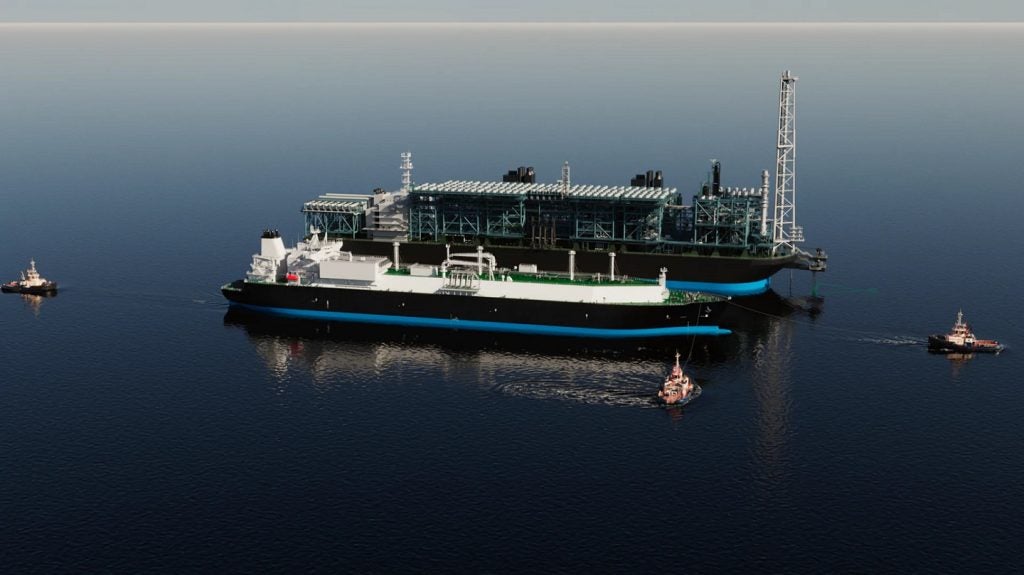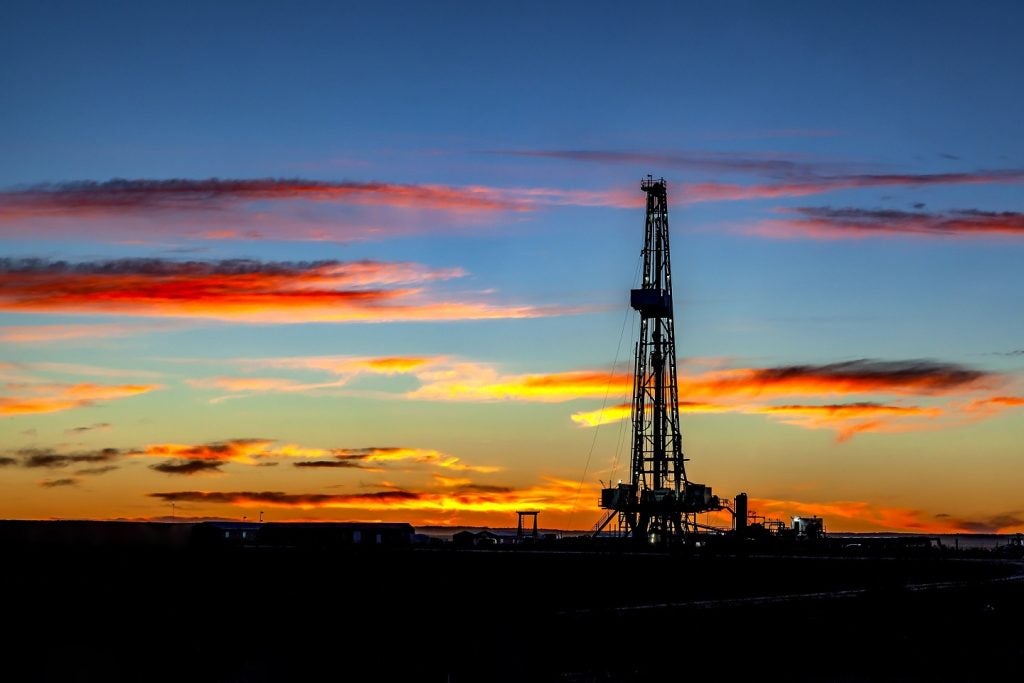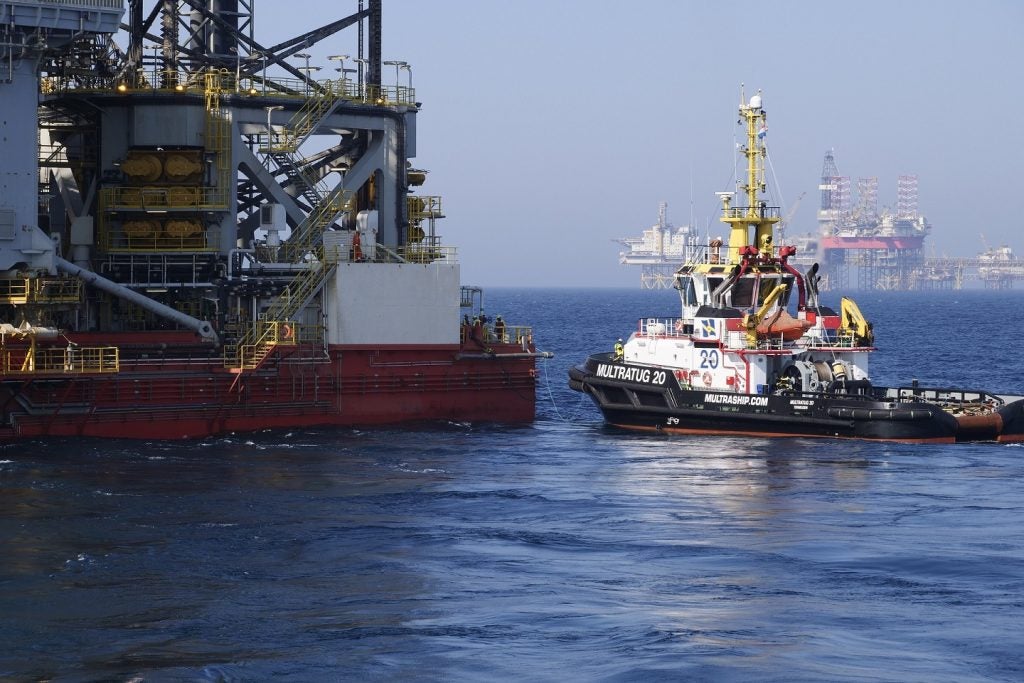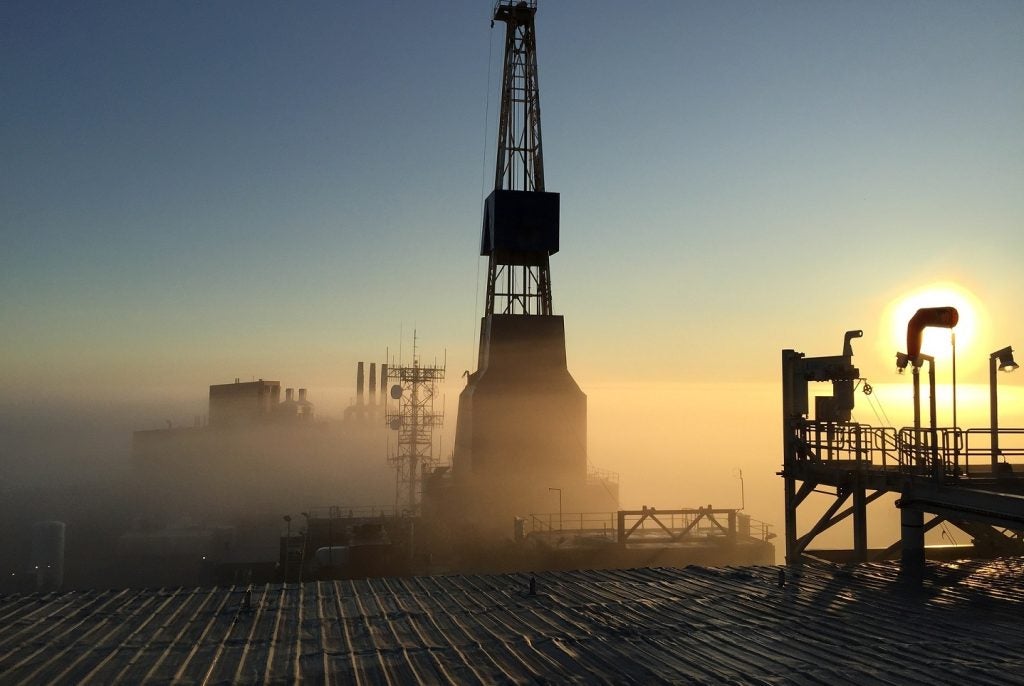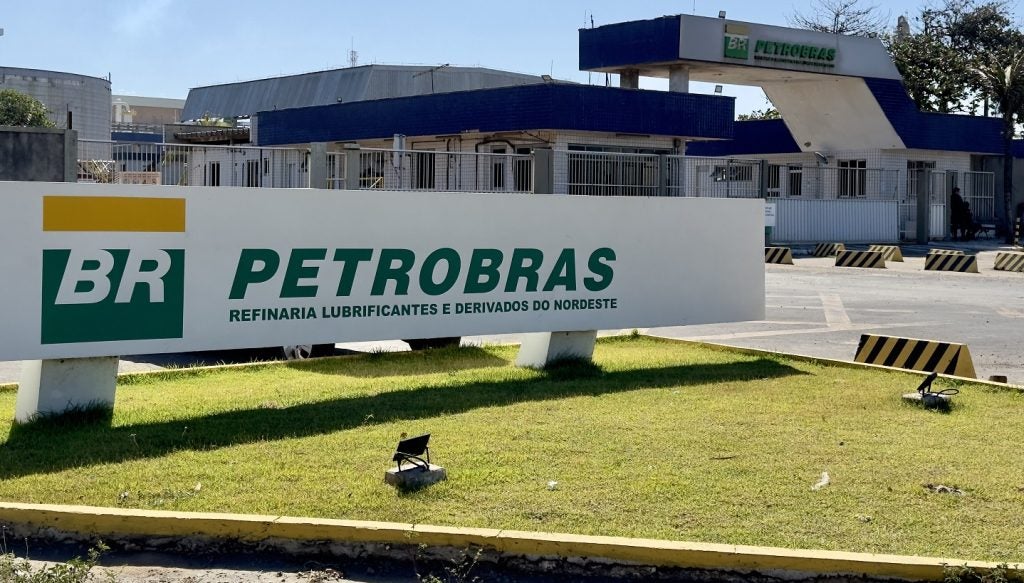Delfin Midstream has signed a long-term agreement with global commodity trader Gunvor to supply the latter with LNG.
Under the agreement, which is valid for at least 15 years, Delfin Midstream subsidiary Delfin LNG will supply between 500,000 and one million tonnes of LNG per annum on a free-on-board basis to Gunvor.
The LNG will be delivered from the Delfin Deepwater Port LNG Export Facility, which is due to be built off the coast of Louisiana.
The Delfin LNG Deepwater Port project is capable of supporting up to four floating LNG vessels with a combined export capacity of around 13.3 million tonnes per annum (mtpa).
Gunvor LNG Trading co-head Kalpesh Patel said: “We continue to support US LNG projects and unlock new sources to meet the growing global LNG demand while further expanding our supply portfolio. We look forward to a successful, long-term relationship with the Delfin LNG team as their project continues to progress.”
Delfin CEO Dudley Poston said: “We are very pleased to have entered into a major long-term LNG supply agreement with Gunvor. This latest sale and purchase agreement further demonstrates our attractiveness as a long-term source of scalable, reliable and clean LNG.”
Delfin is in the final phase towards making final investment decisions on its first three floating LNG (FLNG) vessels.
The Delfin LNG Deepwater project comprises four FLNG Vessels, each with production capacity of 3.5 million tonnes of LNG.
Earlier in 2023, Delfin LNG signed 20-year agreement to supply 0.6mtpa of LNG to Hartree Partners Power & Gas Company (UK), a unit of energy and commodities company Hartree Partners.


